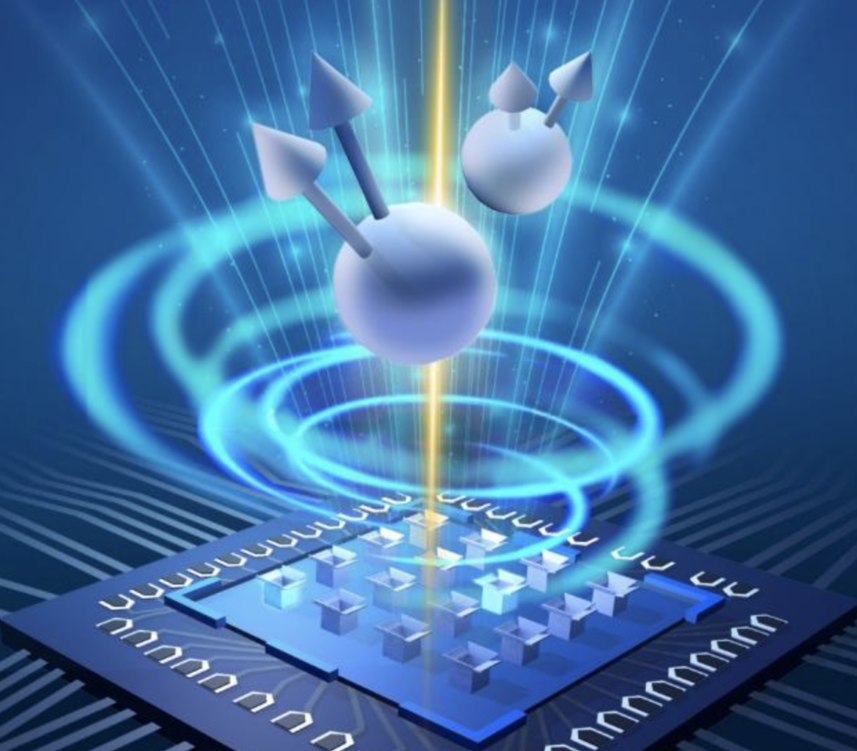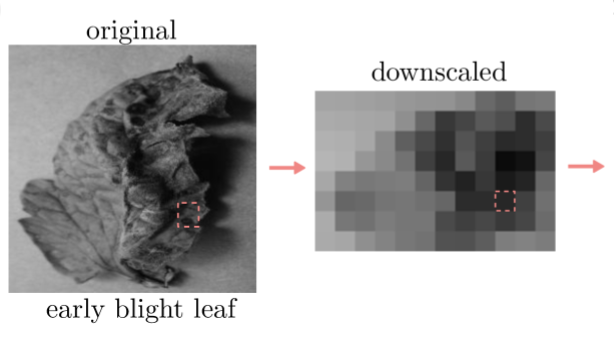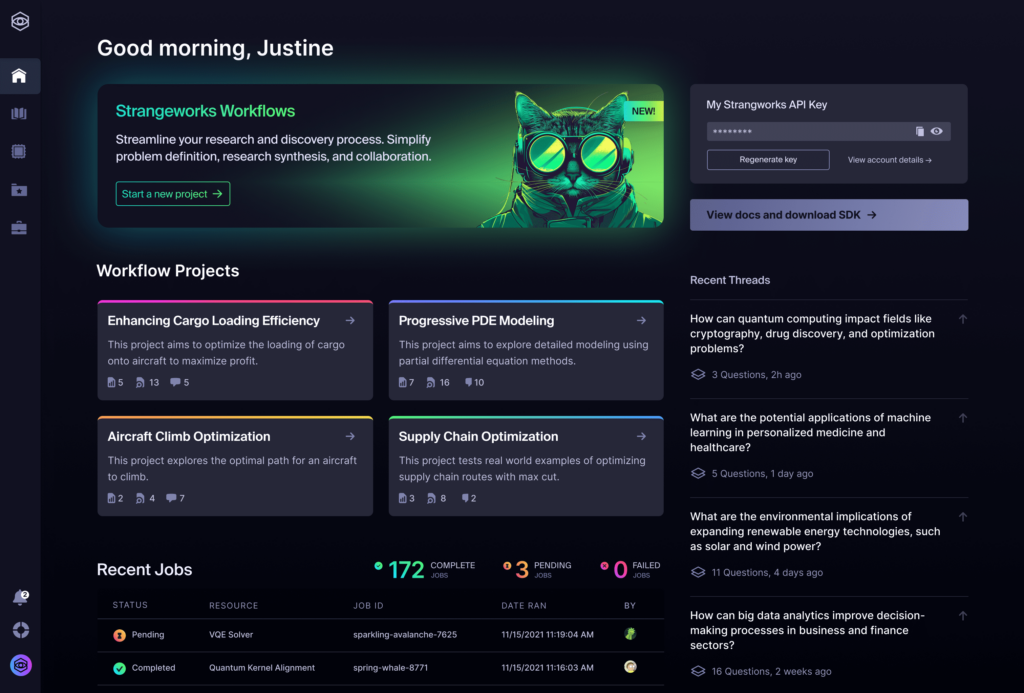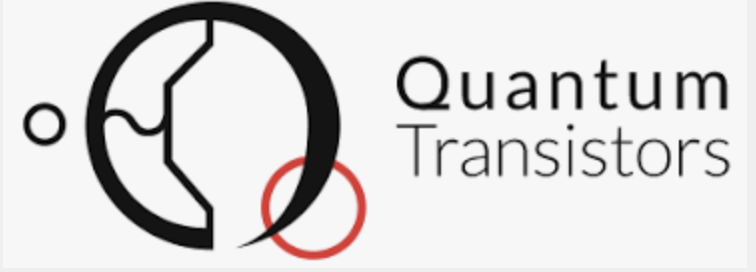Insider Brief
- Researchers report they achieved the fractional quantum anomalous Hall state of photons for the first time.
- The team suggests this is a step they say will have implications for the development of fault tolerant quantum computers.
- The study was conducted by University of Science and Technology of China researchers, including Pan Jianwei, a renowned Chinese quantum physicist.
- Image: Press Conference Handout, Xinhua
A Chinese research team reports in the journal Science that they achieved the fractional quantum anomalous Hall state of photons for the first time — a step they say will have implications for the development of fault tolerant quantum computers. The discovery was accomplished using an independently developed quantum experimental system, according to the University of Science and Technology of China (USTC), as reported in Xinhua, the Chinese state news agency.
Previously, this bizarre quantum phenomenon was mostly observed in electrons. However, the USTC research team has now used photons to simulate it. The researcher said the discovery could propel further advances in both quantum physics research and quantum computing, said Pan Jianwei, a renowned Chinese quantum physicist and an academician of the Chinese Academy of Sciences (CAS), during a press conference, Xinhua reported.
Several western scientists agreed with Pan, according to the state news agency.
“This is a remarkable achievement, both scientifically and technically,” said Peter Zoller, winner of the Wolf Prize in Physics and chair professor at the University of Innsbruck.

Frank Wilczek, a Nobel laureate in physics, praised the study as “a very promising idea” and “a very impressive experiment” that represents “a remarkable step” in quantum information processing.
The team from USTC, led by Pan and Lu Chaoyang, has independently developed a new type of superconducting qubit named Plasmonium, according to the state news agency. This innovation addresses two crucial challenges in realizing the fractional quantum anomalous Hall effect with photons — creating an artificial quantum system that accurately simulates the effect with photons and achieving high-precision control and comprehensive measurement of the microscopic properties of this highly integrated quantum system. The team reports this could open up new paths to experimental observation and manipulation of quantum states.
Pan explained that the synthetic, controllable, and more powerful quantum simulation approach breaks free from the limitations of natural systems. He added that the method could be used to investigate further mysteries of quantum states and explore the development of fault-tolerant universal quantum computation.
Conventional methods for studying the quantum Hall effect typically require specific materials’ structures and properties, requiring stringent experimental conditions such as extremely low temperatures, high purity of two-dimensional materials and strong magnetic fields. These traditional methods face challenges in independently manipulating and measuring microscopic quantum states, limiting their applications in quantum information science.

In contrast, the artificially constructed quantum system offers a clear and flexible structure, providing researchers with greater control and manipulation capabilities. This system does not require an external magnetic field. Through high-precision control, it enables comprehensive measurements of the microscopic properties of highly integrated quantum systems and allows for further controlled utilization of these properties, Lu said.
This type of technology, known as quantum simulation, is an important component of what the state news agency terms, “the second quantum revolution.” It is expected to be applied in the near future to simulate quantum systems that are computationally challenging for classical computers, ultimately achieving quantum computational supremacy.
“This achievement is expected to have a significant impact on the future development of quantum technology,” said Chang Jin, vice president of CAS, at the press conference. “We hope that the development of quantum technology will continue to advance through the efforts of the global scientific community and international cooperation.”
The Hall effect, discovered by American scientist Edwin Hall in 1879, refers to the phenomenon where a voltage is generated perpendicular to the direction of both the current and the magnetic field when a current passes through a material placed in a magnetic field. The anomalous Hall effect refers to the observation of related effects without the need for an external magnetic field. In 2013, a Chinese research team observed the integer quantum anomalous Hall effect. In 2023, research teams from both the United States and China independently observed the fractional quantum anomalous Hall effect.



















